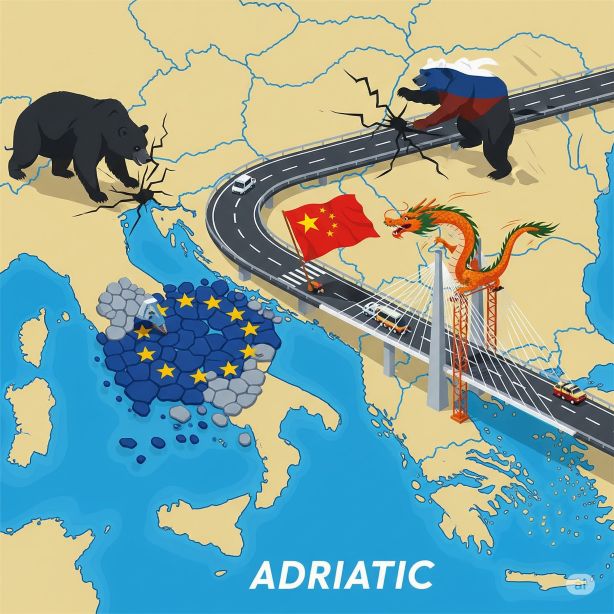The Adriatic-Ionian Highway has been a strategic dream for decades. Its purpose is to overcome the region's most formidable tyrant: its own geography. The rugged coastline, which has historically fragmented the Western Balkans, would be transformed into a seamless artery for trade, tourism, and logistics. For the nations along its path—Croatia, Bosnia and Herzegovina, Montenegro, and Albania—it promises economic integration with the EU core, slashing travel times and unlocking economic potential.
For the European Union, the highway is a cornerstone of its grand strategy in its own backyard. Brussels views the project, heavily supported through its Trans-European Transport Network (TEN-T) and the Berlin Process, as a critical tool for anchoring the Western Balkans firmly into the Euro-Atlantic orbit. By funding feasibility studies, co-financing sections, and pushing for harmonized standards, the EU is doing more than building a road; it is exporting its regulatory framework, fostering cross-border cooperation, and physically paving the path for future accession. The highway is the EU's premier soft power project, designed to showcase that the only viable route to prosperity is one that leads west.
However, Brussels is not the only power with blueprints for the region. China's arrival in the Balkans, under the banner of its Belt and Road Initiative, has introduced a powerful counter-narrative. While not directly building the EU-backed Blue Corridor, Beijing has financed and constructed critical, parallel infrastructure projects with staggering speed and readily available capital. The most telling example lies here in Montenegro: the controversial Bar-Boljare highway. Financed by a massive Chinese loan, it has been plagued by accusations of "debt-trap diplomacy," giving Beijing significant economic leverage.
Meanwhile, Russia plays the role of the strategic spoiler. Lacking the financial clout of the EU or the construction capacity of China, Moscow's influence is wielded through different means: energy politics, historical and religious ties with Orthodox populations, and the exploitation of political discord. Russia's interest is not in paving new roads but in ensuring old divisions remain. It benefits from a politically fragmented and stagnant Balkans, where unresolved disputes and internal gridlock slow the inexorable march of Western integration that the highway symbolizes. Every delay, every political squabble over the highway's route, is a tactical victory for Moscow's objective to keep the region as a contested buffer zone.
These great power rivalries are magnified at the local level, where the highway’s path must navigate the ghosts of past conflicts. The precise routing of the corridor is a matter of intense domestic political bargaining. In Bosnia and Herzegovina, for example, deciding which entity—the Federation of BiH or Republika Srpska—benefits most from the route is a deeply contentious issue. In Croatia, the construction of the Pelješac Bridge, which bypasses a small strip of Bosnian coastline, was a geopolitical maneuver in itself, undertaken to ensure territorial continuity within the EU.3 The highway is not just being built on mountains; it is being built over the sensitive fault lines of ethnic and political history
As the dust settles from construction sites along the Adriatic coast, the question remains: what will the Blue Corridor ultimately represent? Will it be the artery of EU-led integration, fostering a stable and prosperous region finally whole and free? Or will it become a fragmented corridor, a physical manifestation of competing influences, where different sections are beholden to different global powers? The future of the Adriatic is being paved today, and the direction it takes will define the geopolitical landscape of Southeast Europe for generations to come.

